Voice phishing or vishing is telephone-based criminal fraud that uses social engineering to gain access to private financial and personal information. Vishing scams usually take the form of phone calls or voice messages. Cyber attackers gets you on the phone, they often use social engineering techniques to convince you to share personal details like passwords and credit card numbers. this called voice phishing
1. Personal and Financial Loss: Vishing scams can lead to significant personal and financial loss for the victims. Once fraudsters obtain sensitive information, they can use it to commit identity theft, empty bank accounts, and make unauthorized purchases, causing financial distress to the victims.
2. Privacy Breach: These scams compromise individuals’ privacy by extracting confidential information without their consent. This intrusion can have severe consequences, leading to further privacy breaches and potential misuse of stolen information.
3. Business Impact: This is not only affects individuals but can also harm businesses. Fraudsters may impersonate company representatives to gain access to valuable corporate data or conduct financial fraud, damaging a company’s reputation and leading to financial losses.
4. Social Engineering Risks: Vishing often involves social engineering techniques, exploiting psychological vulnerabilities to manipulate victims into revealing sensitive information. Raising awareness and taking action against it can help protect people from falling victim to such tactics.
5. Legal and Regulatory Compliance: Many countries have data protection laws and regulations that require organizations to safeguard personal information. Falling victim to these attacks can lead to non-compliance with these regulations, resulting in legal consequences.
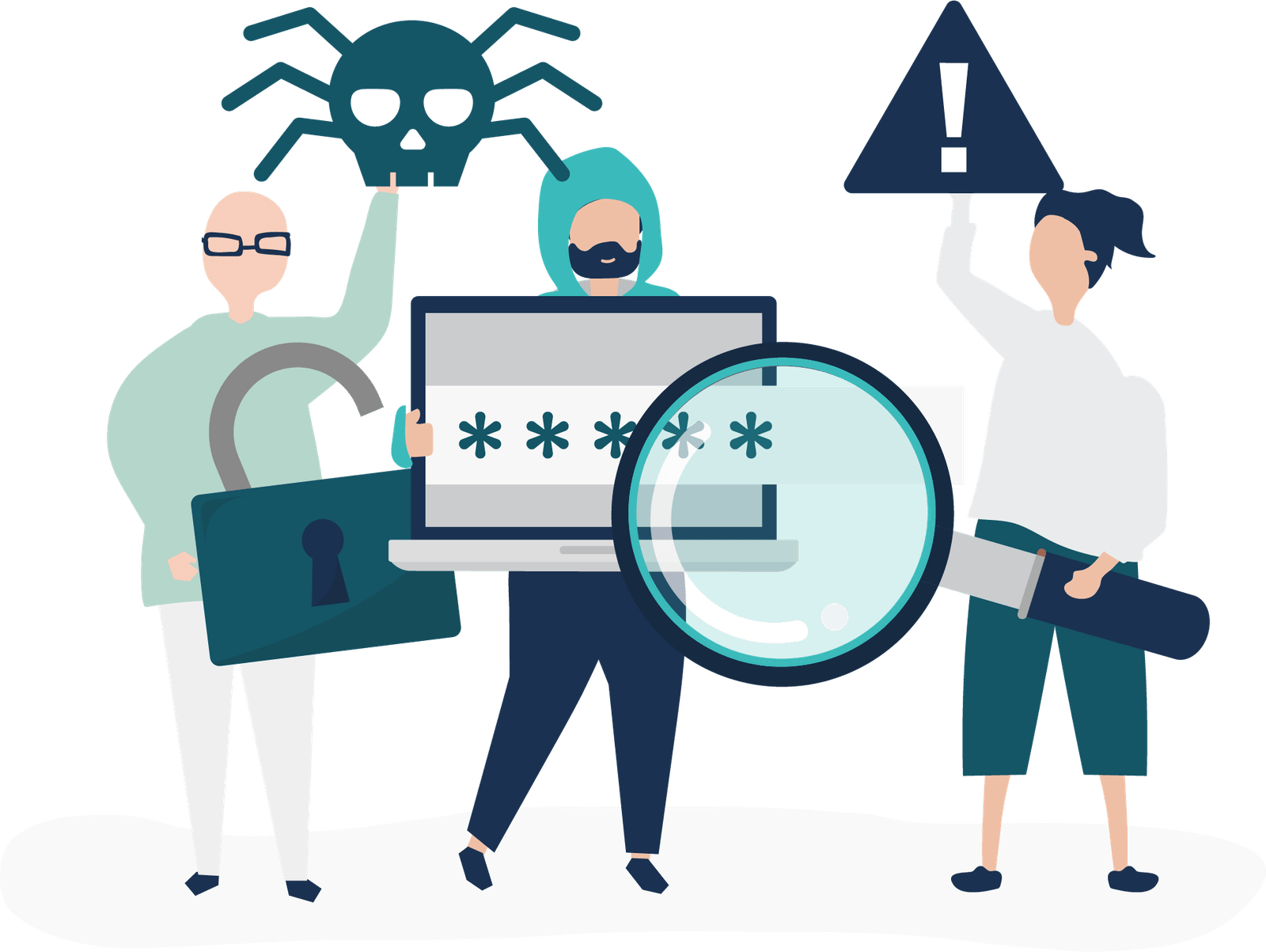
How can you protect yourself from Vishing?
Vishing prevention is actually fairly simple to learn. We’ve written out the basic steps that you should implement to make sure you don’t become a victim of vishing scams.
1. Never share or confirm your personal details over the phone, even if the person calling is claiming to be your bank. No legitimate caller will ask you to do this. If they do, take it as a warning sign that you might be experiencing vishing and hang up. Be sure to then report this call to your bank.
2. Don’t answer calls from numbers you don’t know. Let the call go to voicemail and assess it from there. Or, if you think it might have been legitimate, call the number back from another phone. If it was a scam, this call likely won’t go through.
3. See if the country where you live has a ‘Do Not Call’ register. Adding your number to the register means legitimate companies will know not to cold call you. Then, any cold calls you do receive are more likely to be vishing scams.
4. Don’t respond to emails, texts, or social media messages asking for your phone number. This is often the first step cybercriminals take so that they can target you with a vishing call in the future.
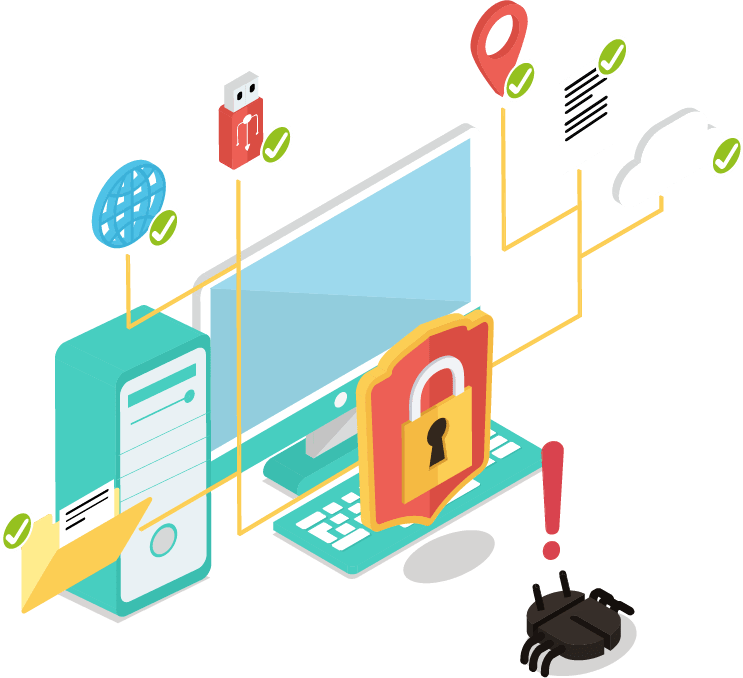
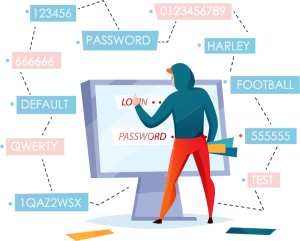
In the context of cybersecurity, vishing (voice phishing) is a social engineering attack where cybercriminals use voice communication channels, such as phone calls or VoIP, to deceive and manipulate individuals into divulging sensitive information, like personal data, account credentials, or financial details. Voice phishing is a form of phishing that targets the human factor rather than exploiting technical vulnerabilities.
1.Manipulating Human Psychology: Vishing attacks rely on human psychology, including emotions like fear, urgency, and trust. Scammers often pretend to be authority figures, company representatives, or even law enforcement officials to create a sense of urgency and coerce victims into providing sensitive information.
2. Personalized Attacks: Vishing attackers may gather information about their targets through various means, such as social media, data breaches, or online research. This enables them to tailor their messages, making the attacks appear more convincing and credible.
3. Cross-channel Attacks: This can be combined with other social engineering methods, like phishing emails (vishing and phishing), to increase the chances of success. For example, attackers may send a phishing email with a phone number to call for verification, making the overall attack more convincing.
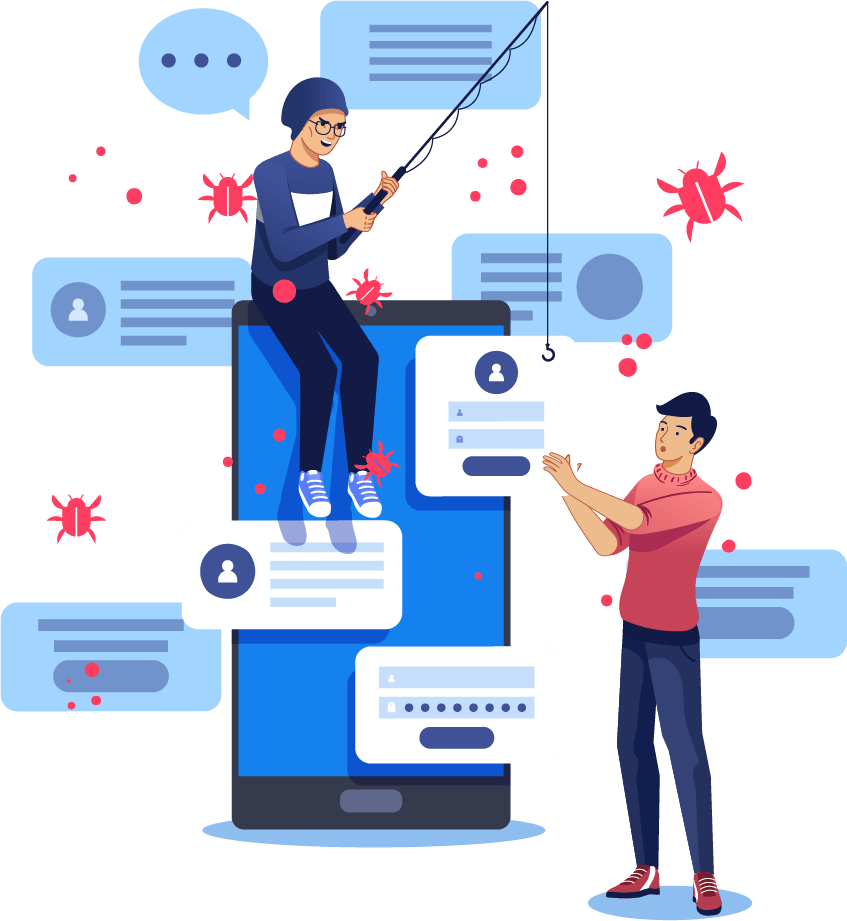
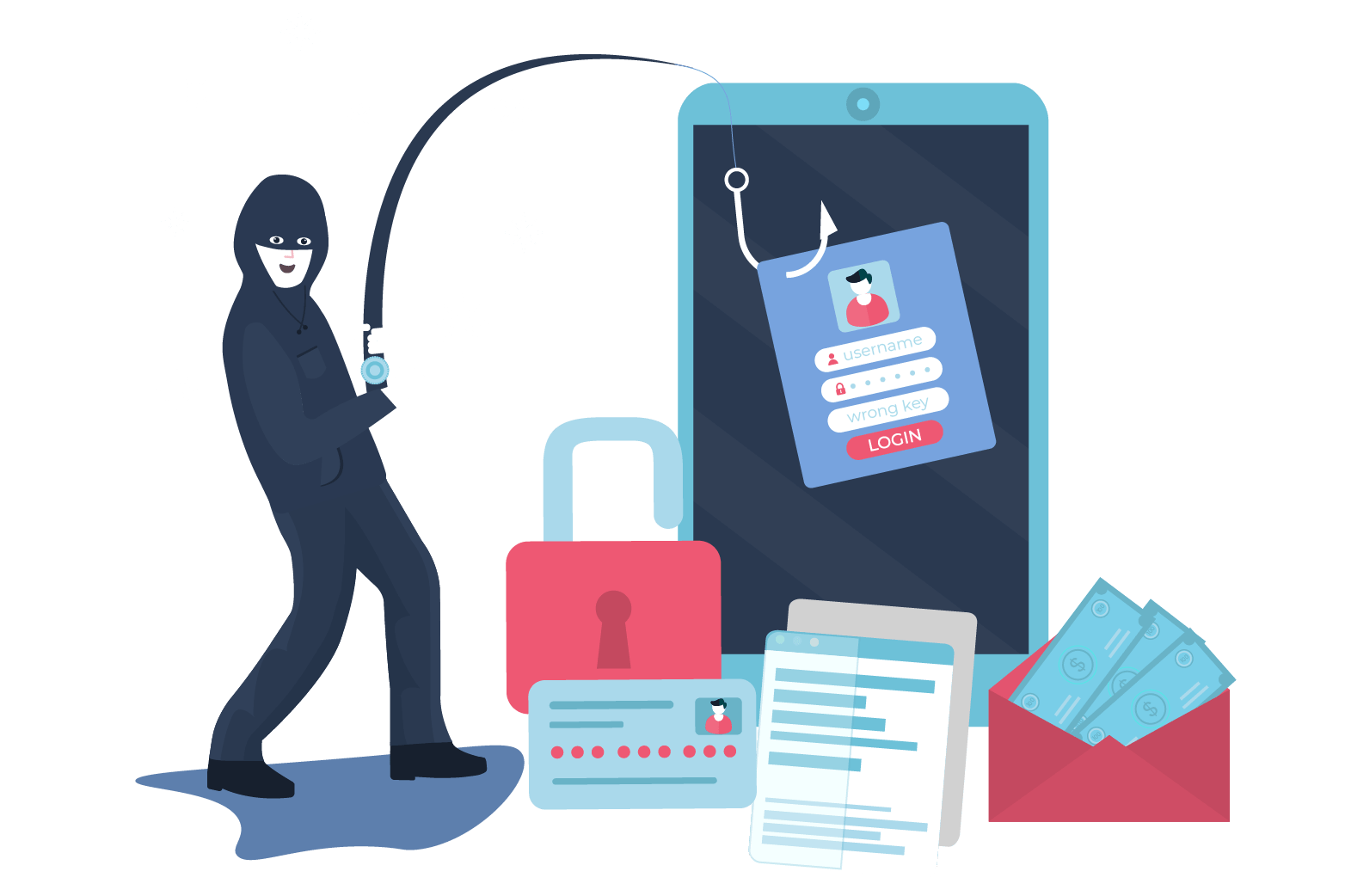
4. Bypassing Technical Defenses: Traditional cybersecurity measures like firewalls and antivirus software are less effective against vishing since it targets human behavior. Even the most secure technical infrastructure can be compromised if an employee or individual unknowingly divulges sensitive information to a vishing attacker.
5.Targeting Vulnerable Groups: Vishing attacks often target vulnerable individuals or employees with access to valuable information in an organization. Employees who lack cybersecurity awareness or are not adequately trained to recognize vishing attempts can unintentionally become the weakest link in an organization’s security.
6. Business Email Compromise (BEC): This can be used in conjunction with BEC attacks, where attackers impersonate high-level executives or vendors to trick employees into wiring money or disclosing sensitive data.
7. Impact on Organizations: vishing attack can lead to significant financial losses for businesses and tarnish their reputation. Additionally, organizations might face legal and regulatory consequences if they fail to protect customer data from such attacks.
Before you launch a vishing attack simulation, you need to define the scope and objectives of the test. This means identifying the target audience, the communication channels, the attack scenarios, and the success criteria
Aliter homines, aliter philosophos loqui putas oportere? Sin aliud quid voles, postea. Mihi enim satis est, ipsis non satis. Negat enim summo bono afferre incrementum diem. Quod ea non occurrentia fingunt, vincunt Aristonem.
The third step is to send the vishing messages to your target audience and monitor their responses. You can use various tools and platforms to automate or facilitate this process, such as VoIP software, SMS gateways, or phishing frameworks. You should also keep track of the delivery status, the response rate, and the actions taken by your target audience, such as clicking on links, entering credentials, or calling back
The fourth step is to follow up with your target audience and inform them that they have been part of a vishing attack simulation. You should also provide them with education and guidance on how to recognize and avoid such attacks in the future.
The fifth step is to analyze the results of your vishing attack simulation and identify the gaps in the security awareness and resilience of your target audience. You should compare the actual outcomes with the expected outcomes and evaluate the performance of your target audience against the success criteria. You should also look for any patterns, trends, or anomalies in the data and feedback from your target audience. You should use this analysis to identify the strengths and weaknesses of your target audience and the areas that need improvement.
The final step is to report the findings and recommendations of your vishing attack simulation to your clients. You should present a clear and comprehensive report that summarizes the scope, objectives, methodology, results, and analysis of your test. You should also provide actionable and realistic recommendations on how to improve the security awareness and resilience of your target audience and prevent future attacks.
Vishing, short for “voice phishing,” is a type of cyber attack where scammers use phone calls to deceive individuals into revealing sensitive information, such as financial details, personal identification, or passwords.
Vishing attacks involve fraudulent callers who often impersonate trusted entities, like banks or government agencies. They use social engineering tactics to create a sense of urgency or fear, prompting victims to share their confidential information over the phone.
To gather sensitive information, phishing employs emails and links, smishing uses text messages or popular messaging services, and vishing uses voice calls and voicemails.
If you suspect a call is vishing-related:
Yes, vishing is illegal in many jurisdictions. It involves fraudulent activities aimed at stealing personal information or funds, making it a criminal offense.
Yes, businesses are also susceptible to vishing attacks in India. Attackers may pose as clients, vendors, or company executives to manipulate employees into revealing confidential information or performing unauthorized actions.
The fraudster calls the victim, poses as a representative of their bank or other organization, and alerts them of a problem with their account or credit card. The fake alarm may also be sent to the person by SMS at first, instructing them to phone a certain number to fix the problem.
Yes, vishing attack in UAE can result in identity theft if scammers obtain enough personal information. They might use this data to gain unauthorized access to accounts, open credit lines, or commit other forms of fraud.
Yes, many phone service providers allow you to report suspicious or unwanted calls. They might offer call-blocking features or utilize reported information to improve their call-filtering services.